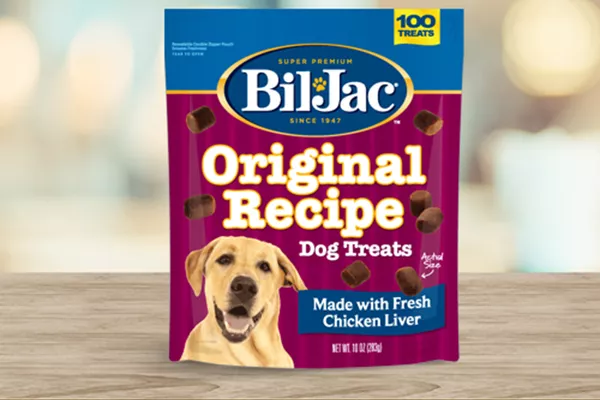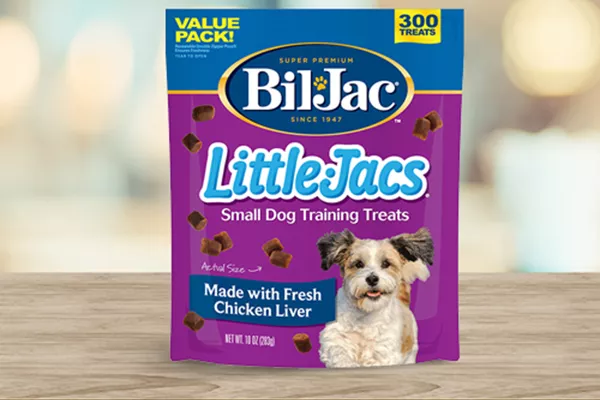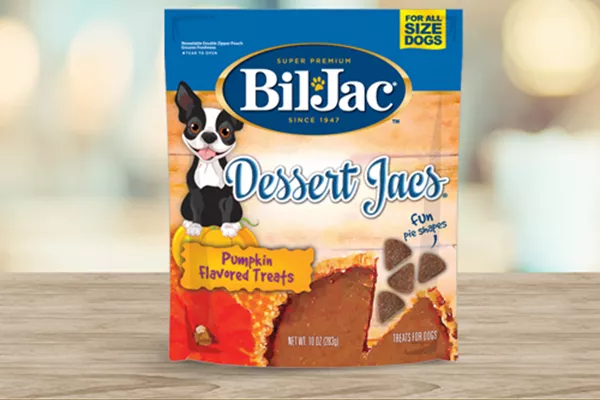A good dog crate is an amazingly useful training tool. According to Celebrity Animal Trainer and Author Joel Silverman, dogs are considered den animals. As den animals, dogs have a natural predisposition for enclosed spaced. This preference make dog crates a great way to help housebreak puppies, prevent bad behaviors while you’re away, or even to give your best friend a space for some privacy.
Of course, every dog crate isn’t perfect for your best friend. It’s important to identify the right dog crate for you and your canine companions needs. Let’s break down what you need to know in order to choose the perfect dog crate for your best friend.
Types of Dog Crates
Before you can find the right dog crate for your four-legged friend, you need to identify which type of crate is best-suited for his needs. In general, there are two main styles of dog crates:
- Plastic crates
- Wire crates
Plastic crates, which are sometimes called kennels, have solid plastic sides with metal wires on the top and front of the crate. This allows your dog to see through the ceiling and door of the crate while still creating a more enclosed space.
Wire crates utilize that same metal wire for every crate wall, giving your dog the ability to see through every part of the crate. Wire crates are typically larger than plastic crates, giving your dog more room to maneuver inside of them. Of course, both crates come in a variety of sizes so that you can find the right fit for your best friend.
Dog Crate Considerations
Now that you know which types of dog crates are available, it’s time to find a solution that makes the most sense for him. Every dog is different, so you’ll want to take a few factors into consideration.
How much space does your dog need?
The amount of space your dog needs in a crate largely depends on why he’s in the crate. If you’re crate training a dog to housebreak him, it’s actually important not to give your dog too much space.
“The best way to housebreak a dog is to prevent the accidents in the first place,” Silverman says. “In general, dogs will not go to the bathroom where they lay down or sleep. If your crate has enough space, he may go to the bathroom in the corner. A smaller dog crate won’t give him that opportunity.”
If your dog is housebroken and you’re using the crate to prevent your dog from causing a ruckus while you’re away, you may want to afford him more space. This is especially true if you plan to be gone for several hours. That extra space can allow your buddy to stretch out his legs a bit more and meander as necessary while you’re away.
It’s also important to remember that your canine companion may need a new crate as he gets bigger. While crates are pretty durable, your dog may outgrow them at some point. Whether you’re starting off with your buddy’s first dog crate or need to get a bigger model, always consider why your dog needs that crate and find a solution that fits his needs. If you still need help, make sure to ask someone at your local pet store for a size that they recommend for your particular pooch.
Which type of crate suits your dog’s personality?
Certain dog crates may be a better fit for your dog depending on his temperament or tendencies. For example, some dogs like to gnaw on surfaces if they get anxious or bored. In these instances, your dog may decide to chew at wires of your crate. In these cases, you’ll want something more secure like a hard-walled plastic crate that can hold up to some chewing.
Plastic wall crates are also a good option for dogs who like to have some alone time. If your dog enjoys some seclusion, full walls can afford some privacy during naps or any other time where they don’t necessarily want to be seen.
How long is your dog in the crate?
Your schedule can certainly play a part in which crate is right for your dog. If your dog is housebroken and you tend to be away for a while, you may want to opt for a wire crate that affords him some more space. This will allow your dog some more space to move around and stretch his legs.
What should you keep in your crate?
Crate preparation goes beyond just choosing which style and size is right for your dog. You should also think about what else will go inside your dog’s crate.
One consideration is to add a few items to make the crate more comfortable. Items like a dog bed, blankets, or something padded can give them a place to lay down and relax. You can also add a couple of toys, snacks, and water to give him a few items while you’re away.
“Once he’s conditioned to being in the crate, it’s good to give him something to keep him occupied,” Silverman says. “Maybe you can even give him a toy that he only gets when he’s in his crate. That’ll give him something to look forward to when it’s time to go into his crate.”
Make Crate Training a Positive Experience
Once you’ve picked out the perfect crate, it’s time to start crate training your four-legged friend. However, you want to make sure that you take your time with this process. While dogs are naturally comfortable with crates, he can become unsure about this new setting if you don’t take steps to help him adjust to this space.
“It’s important to understand that the whole process is a game and that it’s a slow process,” Silverman says. “You can’t put your dog in the crate and play gotcha with them. If you shut the door at the very beginning, you’ll ruin the trust. Start with the foundation of making it fun and take your time.”
Fortunately, crate training isn’t a difficult process. With some treats, patience, and the right dog crate, you can help condition your best friend to enjoy his crate. You can watch the video below to watch Joel Silverman explain how to crate train your dog.
Set Your Dog up for Success with Crate Training and Other Helpful Tips
Crate training is a great option for any families looking to prevent bad behaviors and give their dogs their own space. Want to learn more about what you can do to keep your dog happy, healthy, and on his best behavior? Join our Best Friends Club today to receive our exclusive email newsletter full of articles on training tips, healthy habits, and members-only discounts on Bil-Jac dog food, treats, and other products.




